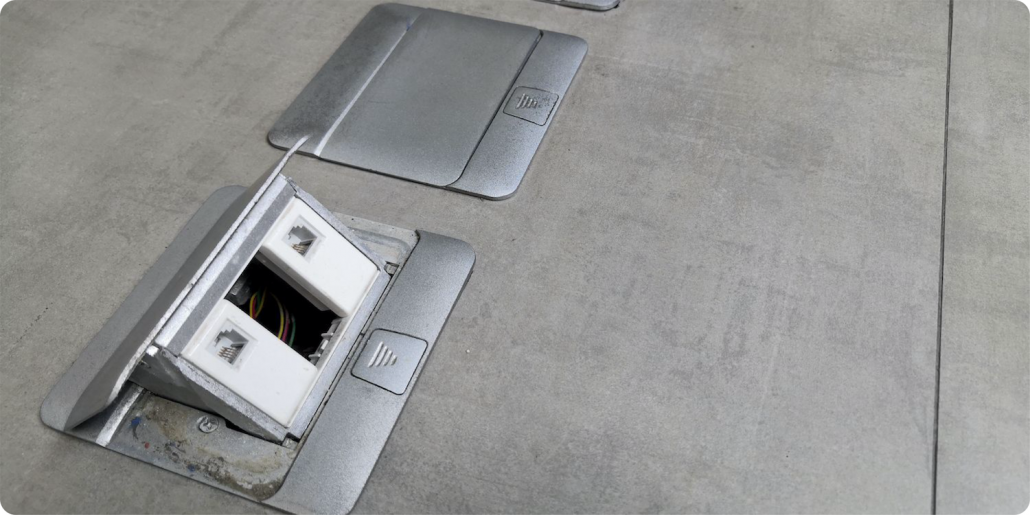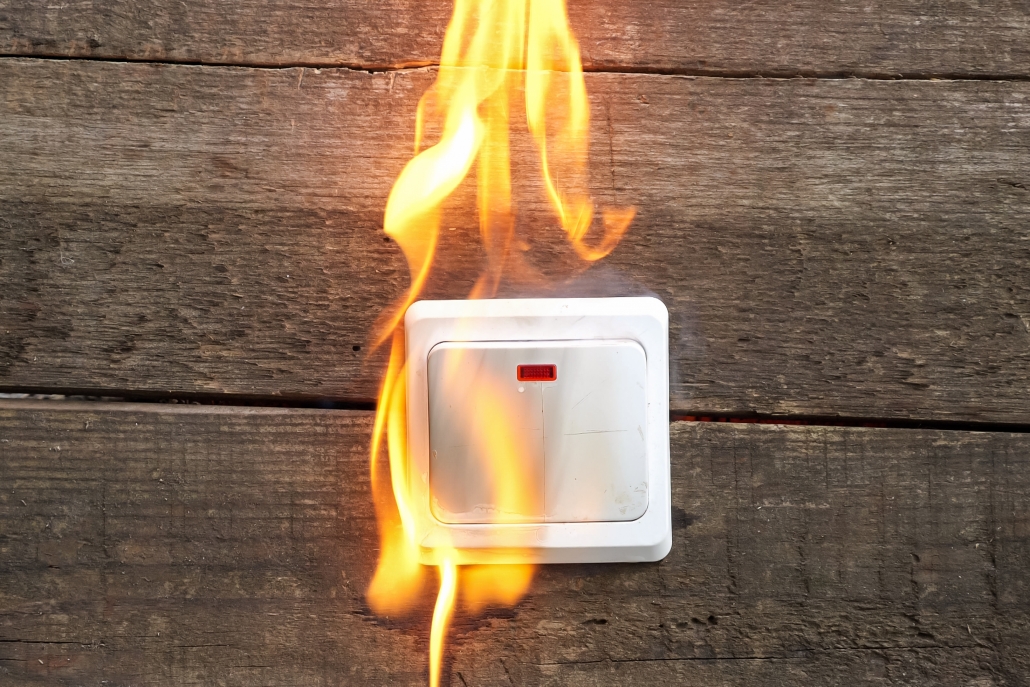June 18, 2019 | Cristina Dinulescu
The real estate market is undoubtedly an ever-changing, ever-evolving market. Keeping up with the society changes, dictated mostly by the advancements in technology is something builders have had to face up to. And smart homes have been welcomed with open arms in the US. According to statistics, smart home revenue is expected to reach $28,864 million. Plus, the same statistics reveal that the highest profit rate is registered in the United States.
However, even though smart homes enjoy great popularity, a seamless smart home hub on a home network can prove challenging to set up for those wanting to take advantage of recent appliance technologies. Devices functioning on separate platforms pose a problem, as there are no straightforward methods without third-party programs that easily connect home devices such as LIFX bulbs to thermostat platforms like Honeywell. So what can be done?
What Is IFTTT?
With IFTTT, a free web-based applet connection service, the construction of complex device networks becomes a simple task. From within the IFTTT service itself, there are many ways to make cross-platform connections work. In addition to making set-up simpler, there are several pre-built features that provide useful behaviors for smart home devices without needing to use multiple software platforms.
To put it simply, IFTTT allows you to connect all of your different apps and devices. It works pretty easy too, you just need to sign up for a free account. From your account, you’ll be able to make your apps and devices work together. They can be programmed to do specific things they couldn’t otherwise do.
A few examples of what you can do include backing up your Instagram photos to Dropbox, having your lights turn on when you enter your home, or automatically reminding a Slack channel about a meeting.
IFTTT Features To Consider
As mentioned above, signing up and using IFTTT is quite easy. You create your free account, browse the website to find the connections that interest you, then connect the services involved in the Applet. You can then find more Applets and connections and repeat.
There are also several features of the service that you might want to consider beforehand.
Social Notifications
For many people using IFTTT connectivity, the social notifications feature is perhaps the most interesting. Homeowners may tune colored smart lights to change any time their social media outlets receive a message, notification, or tag, whether it be from Twitter, Facebook, or Instagram. Social notifications don’t stop with just social media, however; lights can be set to indicate emails as well, utilizing color codes to represent any email notification from a particular email address.
Safety is another feature of light-based notification. With remote control capabilities on any equipment as long as it has a smart home connection, specific security devices such as anti-trespassing alarms or fire alarms can link up to mobile devices and provide instant notification in the event of possible danger. Besides, Nest Protect has an intelligent notifications feature that can notify homeowners of carbon monoxide or fire smoke in the house, and, if paired with IFTTT, it is possible to have a visual alarm and particular color lighting to notify people of danger inside the home. Lights will flash red in the event of possible carbon monoxide poisoning.
Homeowners can also rely on smart lights to convey changes in the weather at a glance. For example, IFTTT makes it possible for a different color to appear for each instance of inclement weather, such as when there is rain, snow, hail, or when there is a temperature rise or fall from a pre-set threshold.
Smart Thermostats
A smart thermostat provides energy efficiency for any home, increasing savings as the location’s range of temperature goes higher. Locations, where weather is especially dynamic, can pose a problem for energy efficiency, especially when utilizing conventional thermostats. A conventional thermostat always attempts to maintain a specific temperature in the house, even if no one is currently inside.
However, IFTTT makes it possible to connect any brand of thermostat (ThermoStat, Tado, Honeywell, Nest or Netatmo) to automatically program a given pre-set temperature depending on time, temperature, and whether or not someone is in the house. Of course, the usefulness of this feature depends on many factors, such as if the house has good heat insulation.
Additionally, among those factors, one ought to mention the following three:
- Poor placement
You need to install the thermostat in an area that’s characteristic to your home. Avoid installing it in direct sunlight or next to doors or windows. Temperature fluctuations may appear and your thermostat can register improper temperatures, leading your HVAC system astray.
- Poor maintenance
Keeping your device in good working condition is necessary if you want it to function properly. Usually, these devices do not require rigorous maintenance. However, it is important to consider it and make sure that the dirt and dust collected inside the device is properly cleaned.
- Poor fit for users
It is very important to consider your needs and expectations when choosing a smart thermostat. Otherwise, you might find yourself purchasing a device that performs poorly. The thermostat may be much too complex for your needs and its performance may be unsatisfying because you are making use of all its functionalities. At the same time, the device may be basic, offering insufficient features for your system.
To better gauge the best options, contact a utility professional for specifications.
Light Control
In similar fashion to smart thermostats, lights can be switched on and off automatically, depending on specific triggers in the house, such as activating the living-room lights if the garage door is opened or if the front door is unlocked, and switching them off when closed. With recent advances in technology, triggers from a car can turn off all lights inside the home anytime the engine starts. Also, lights can be manually switched on or off using mobile-device apps, allowing for further control. If security is a concern, the IFTTT Day and Time channel can simulate light scheduling that makes the house seem like there is somebody inside.
If homeowners struggle with waking up in the morning, bedroom lights can flicker to provide a quick rousing. Linked to a morning alarm, software such as Jawbone Up, Fitbit or Misfit fitness tracker can work with IFTTT to cause smart lights to flicker in the morning, making the room seem like a blinker exhibit in a haunted house until the alarm is shut off.
For those working long hours at home, lights can be set to fade depending on hours through the night. The approach can serve as a suitable reminder of work progress or as an indicator that the day is done.
Motion Notifications
Nest is capable of detecting motion, providing a reliable means of knowing when and where someone entered your house. IFTTT allows calls, texts, or push notifications so that you can be promptly notified of any unexpected entrance. Android platforms can also send notifications to neighbors when homeowners are out of town.
If you are planning to have your smart home devices connected to one single platform, going with IFTTT is a sound decision. Though it is not suitable for all home scenarios, it can help reduce some management and connectivity problems by making it possible to connect smart home devices that are specifically not designed to pair and work together. IFTTT currently supports 69 home-based smart devices, and more additions are taking place as the service expands its compatibility, making smart homes easier to set up than ever.
If you are in need of any type of electrical repairs or installation, call Penna Electric. Our knowledgeable, experienced staff will get your electrical work done right the first time every time.







